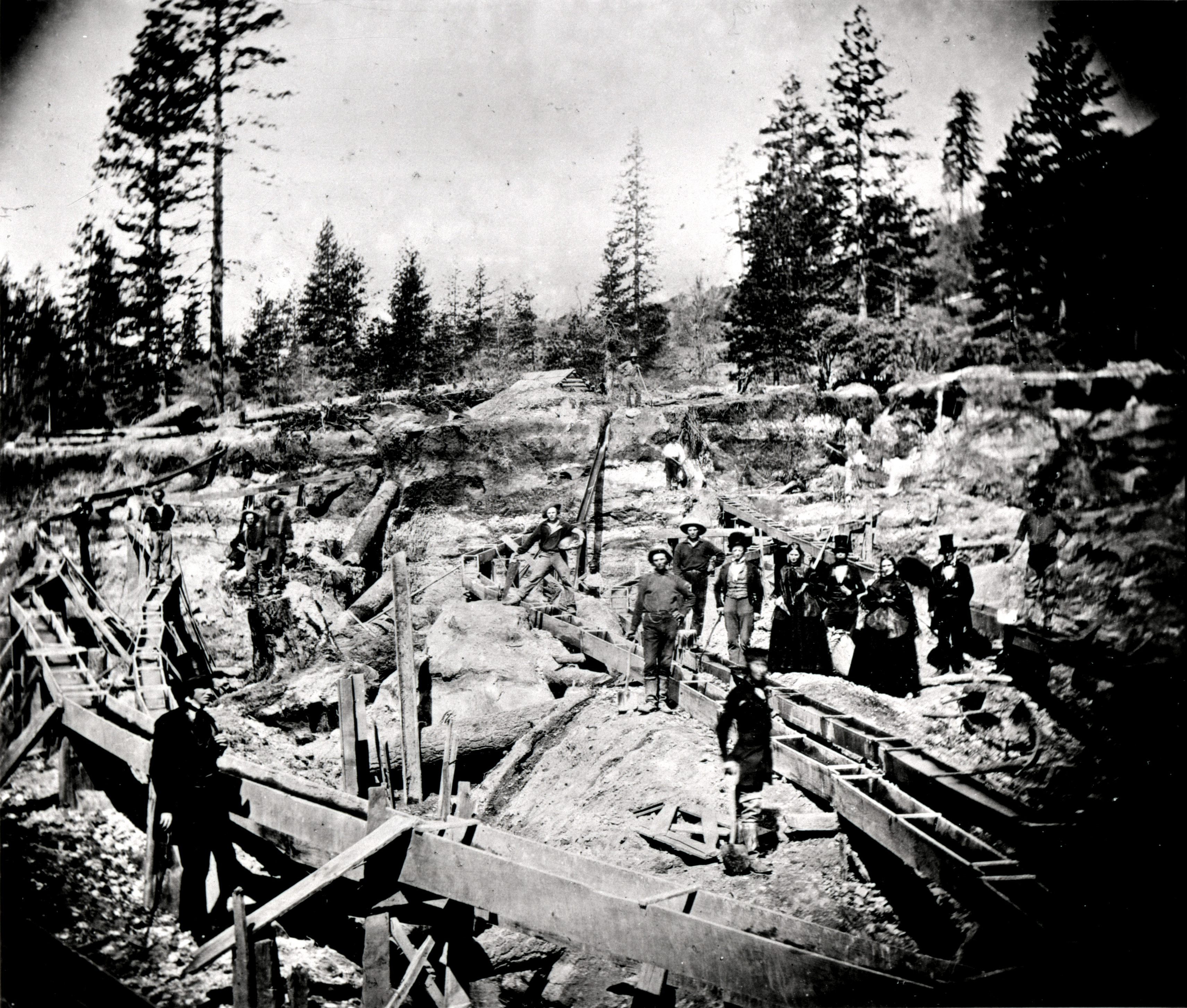
The California Gold Rush, which began in 1848, was a pivotal moment in American history that led to a massive influx of settlers and prospectors into the state of California. While the Gold Rush had a transformative impact on the state’s economy and demographics, it also had a profound and often detrimental effect on California’s ecosystems.
The rush for gold led to widespread deforestation, water pollution, and habitat destruction, among other environmental issues. This article delves into the various ways the Gold Rush impacted California’s ecosystems, offering a nuanced understanding of its environmental legacy.
Deforestation
One of the most immediate and visible impacts of the Gold Rush was deforestation. Trees were cut down en masse to build infrastructure like roads, houses, and mining equipment. This not only led to a loss of forest cover but also resulted in soil erosion and the disruption of local habitats.
The loss of forests had a cascading effect on the ecosystem. It led to a decrease in biodiversity as many species that depended on the forest for their habitat were either displaced or went extinct. The loss of trees also contributed to climate change, as forests act as carbon sinks.
Water pollution
Another significant environmental impact was water pollution. The methods used for gold extraction, such as hydraulic mining, released large amounts of sediment and toxic substances into rivers and streams. This led to the degradation of water quality and harmed aquatic life.
Fish populations, particularly salmon, were severely affected. The sedimentation of rivers led to the loss of spawning grounds, and the toxic chemicals used in mining poisoned the water. This had a ripple effect on the food chain and impacted communities that relied on fishing.
Soil degradation
Soil degradation was another consequence of the Gold Rush. The extraction processes, especially hydraulic mining, led to the removal of the topsoil, making the land unsuitable for agriculture and leading to desertification in some areas.
The loss of fertile soil had long-term implications for agriculture in California. It not only reduced the productivity of the land but also led to increased dependency on artificial fertilizers, which further contributed to water pollution.
Habitat destruction
The Gold Rush led to widespread habitat destruction. The construction of mining camps and settlements led to the clearing of large areas of land, disrupting local ecosystems and leading to the loss of habitat for many species.
Animals like the California grizzly bear were driven to extinction due to loss of habitat and hunting. The destruction of habitats also led to a decrease in biodiversity, as many species could not adapt to the rapid changes in their environment.
Social and cultural impact
While the focus of this article is on environmental impacts, it’s worth noting that the Gold Rush also had social and cultural consequences. The influx of people led to conflicts over land and resources, often resulting in the displacement of Native American communities.
These social and cultural impacts had their own set of environmental consequences. For example, the displacement of Native American communities, who had lived sustainably for generations, led to a loss of traditional ecological knowledge that could have mitigated some of the environmental impacts of the Gold Rush.
Summary list of impacts
- Deforestation leading to soil erosion and loss of biodiversity
- Water pollution affecting aquatic life and human communities
- Soil degradation making land unsuitable for agriculture
- Habitat destruction leading to species extinction
- Social and cultural impacts causing further environmental degradation
Conclusion
The California Gold Rush was a complex event with far-reaching impacts, not just economically and socially, but also environmentally. The rush for gold led to a cascade of environmental problems, from deforestation and water pollution to soil degradation and habitat destruction. While California has made efforts to mitigate these impacts through conservation and environmental laws, the legacy of the Gold Rush continues to be felt today.
Understanding the environmental impacts of historical events like the Gold Rush can offer valuable lessons for managing natural resources sustainably in the present and future.


1 thought on “The Impact of the Gold Rush on California’s Ecosystems”